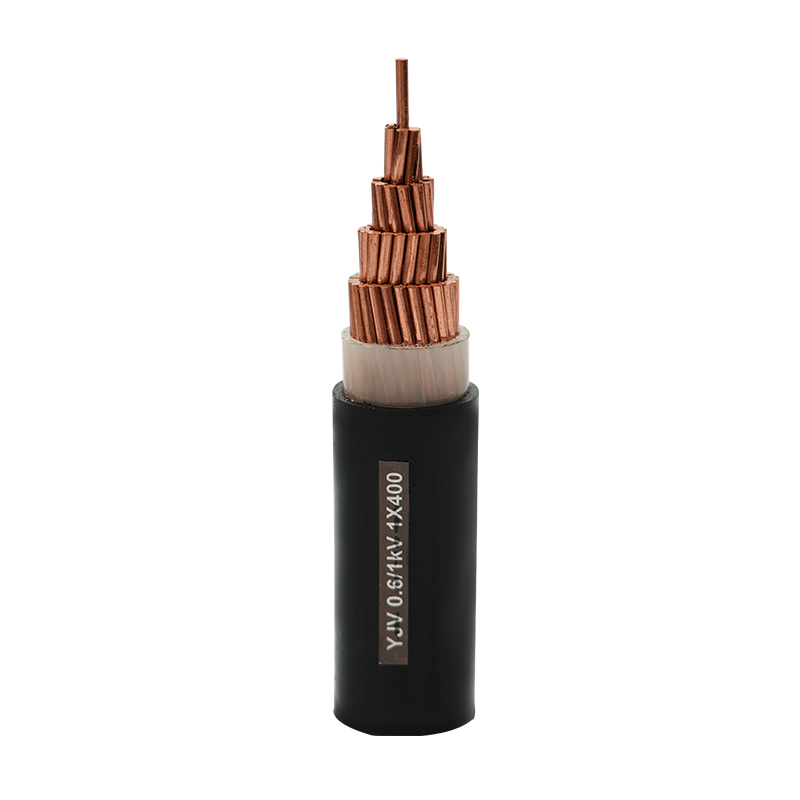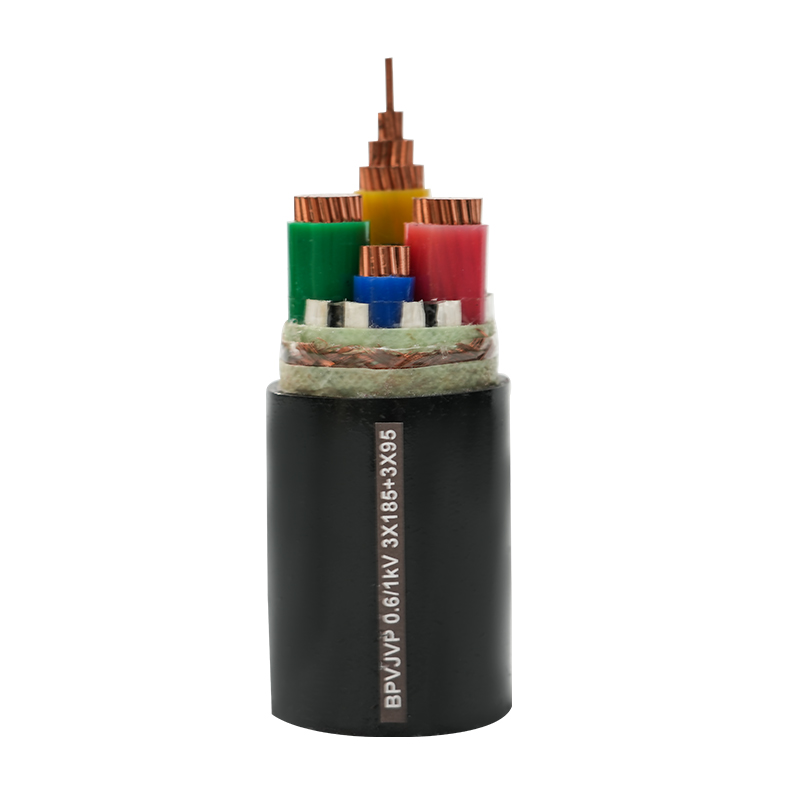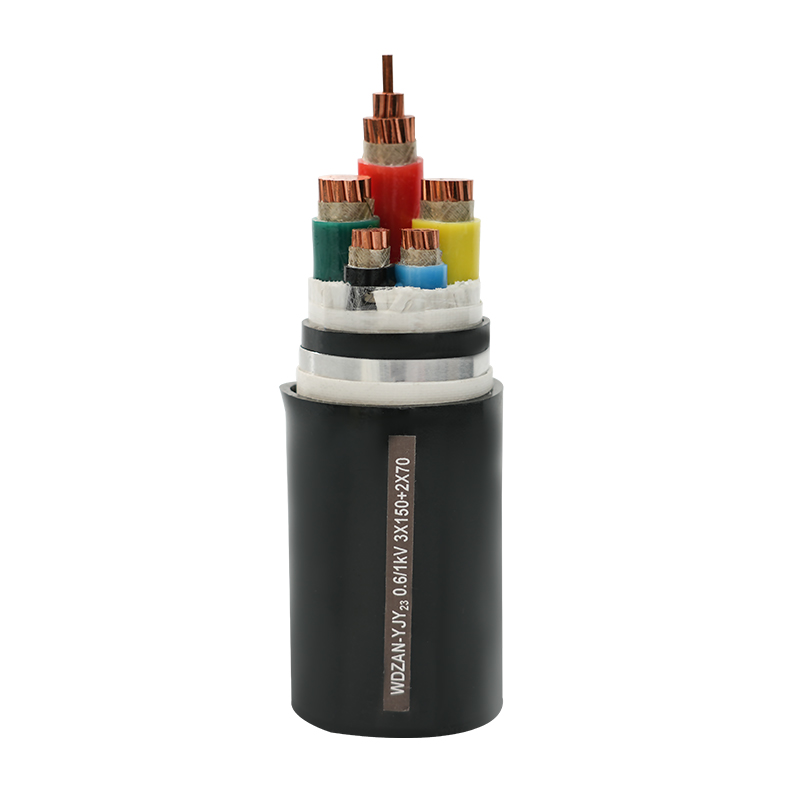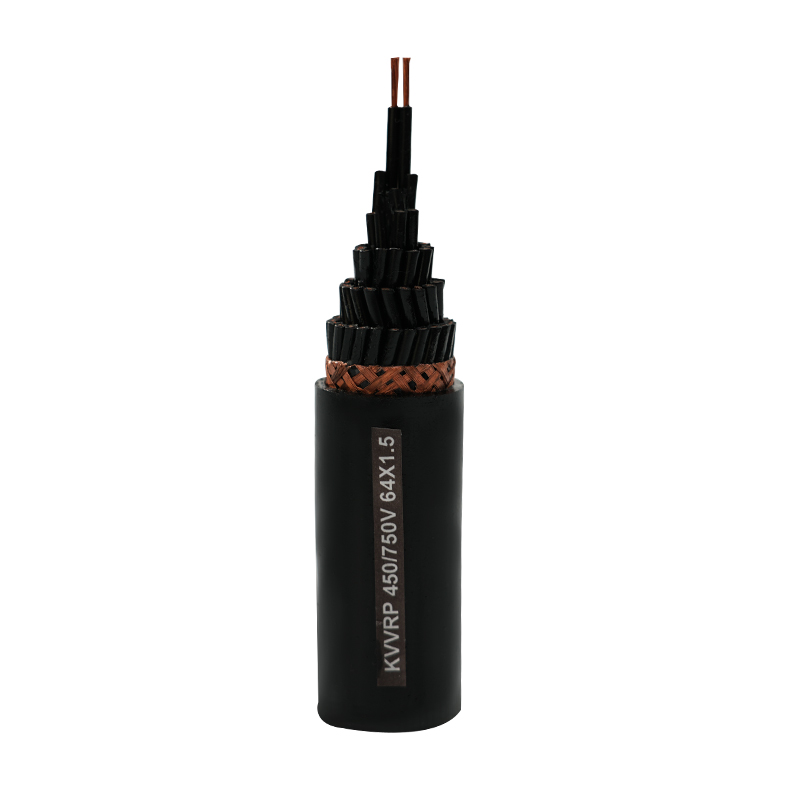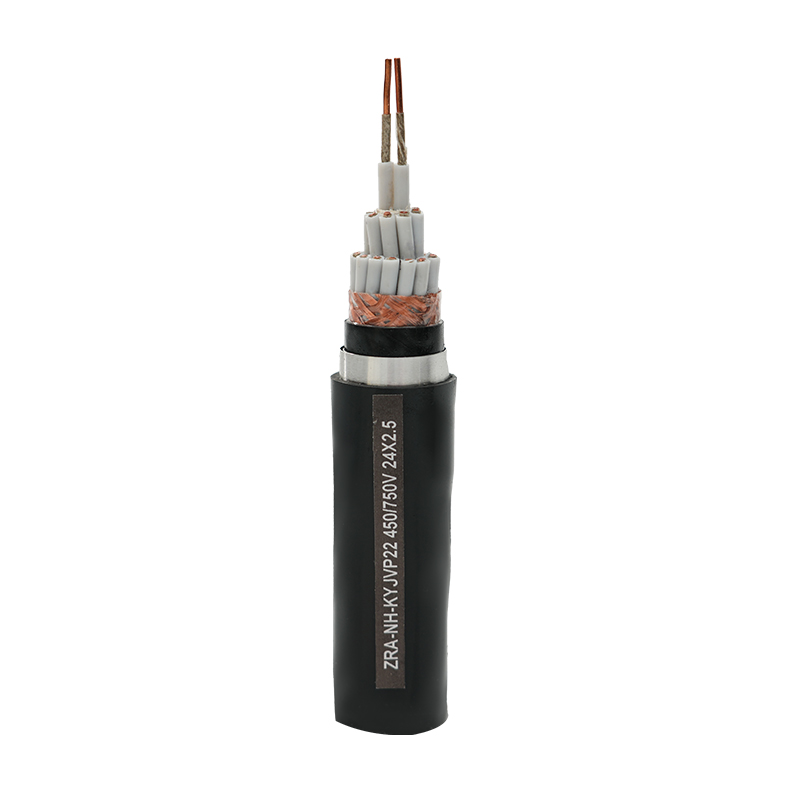The Pulse of Electric Vehicles and High-Voltage Charging
As the global transition to sustainable transportation accelerates, the high-voltage wiring harnesses in new energy vehicles have become the lifeline for internal power transmission. The design of these harnesses is significantly more complex than traditional automotive cables; they must operate stably for extended periods in high-voltage, high-current environments, while also meeting stringent Electromagnetic Compatibility (EMC) requirements to ensure the proper function of the vehicle's electronic systems. Particularly in the fast-charging sector, adherence to Electric Vehicle Charging Pile Cable Standards directly impacts charging efficiency and user safety. Cable materials must possess excellent heat resistance and flame retardancy to manage the heat generated during high-power charging, and their flexibility must be maintained to allow users easy connection and disconnection in daily use, achieving a perfect blend of safety and convenience. The technology for the layout and fixation of these harnesses is also crucial, as it must withstand the vibrations and impacts during vehicle operation to ensure connection reliability, forming the cornerstone for the efficient and safe movement of new energy vehicles.
Material Selection and Requirements for Photovoltaic and Storage Cables
In the fixed new energy generation sector, especially concerning photovoltaics and the Photovoltaic Energy Storage System Specific Cable Selection Guide , the choice of cables directly affects system generation efficiency and operational lifespan. DC transmission is the primary characteristic of photovoltaic systems, which imposes higher demands on the Application of DC High-Voltage Cables in New Energy . These cables require special attention to their resistance under DC voltage to prevent insulation aging caused by space charge accumulation. Furthermore, as PV power plants and energy storage facilities are often exposed outdoors, the cables must possess exceptional weather resistance, capable of withstanding intense UV radiation, extreme temperature fluctuations, and the intrusion of humid environments. Correctly selecting specialized cables with low resistance, high insulation properties, and good rodent and insect protection is essential for ensuring the long-term, stable, and economic operation of the power plant, and is an indispensable element for efficient energy throughput in storage systems.
The Challenges of Deep-Sea Wind Power and Flexible Transmission
In the realm of Offshore Wind Power Flexible Cable Technology , engineering faces even more complex and severe challenges. As the bridge connecting deep-sea wind turbines to the onshore grid, these cables must not only transmit enormous amounts of power but also maintain structural integrity and transmission stability in the turbulent marine environment. The design of flexible cables must account for dynamic stresses in the ocean, including seawater corrosion, seabed movement, and the inherent movement of the turbines. Consequently, the cables need outstanding fatigue resistance and a high-strength outer sheath; the internal structure typically includes multiple layers of waterproofing and cushioning materials. Moreover, the costs associated with laying, connecting, and subsequent maintenance of submarine cables are high, imposing nearly stringent requirements on cable reliability and durability. Continuous technological innovation is focused on enhancing the transmission capacity and service life of flexible cables to further reduce the levelized cost of energy for offshore wind power, thereby promoting the large-scale adoption of clean energy.
The Art of System Stability and Harness Fault Diagnosis
Despite continuous advancements in new energy cable technology, various factors can still lead to high-voltage harness faults during actual operation, consequently affecting the stability and safety of the entire system. For New Energy Vehicle High-Voltage Harness Troubleshooting , understanding common failure modes is vital, such as short circuits caused by insulation damage, poor contact or abnormal heating resulting from loose connectors, and increased conductor resistance due to long-term thermal stress. Effective fault diagnosis typically relies on high-precision online monitoring systems, collecting real-time data on current, temperature, and insulation status to predict potential risk points. Preventive maintenance, such as regularly checking the fixation status of the harnesses and the tightness of connectors, is a necessary measure to ensure long-term reliable system operation. By optimizing fault troubleshooting procedures and improving maintenance efficiency, system downtime can be significantly reduced, guaranteeing the return on investment for new energy equipment assets.
Development Trends and the Future of New Energy Cable Technology
Looking ahead, the development of new energy cables will focus on higher voltage levels, greater transmission capacity, improved environmental resistance, and more intelligent integration. With the growth of the energy internet and distributed energy, cables will not only serve as power carriers but will also undertake more functions related to data transmission and status monitoring. The application of new materials, such as advanced cross-linked polyethylene (XLPE) and halogen-free flame-retardant materials, will continue to push the performance limits and environmental friendliness of cables. Cable manufacturers and system integrators will collaborate closely to jointly develop innovative cable solutions adapted for the next generation of ultra-fast charging, ultra-large-scale energy storage, and ultra-deep-sea wind power, providing a solid and reliable foundation for global energy structure transformation.


 English
English 中文简体
中文简体 русский
русский عربى
عربى